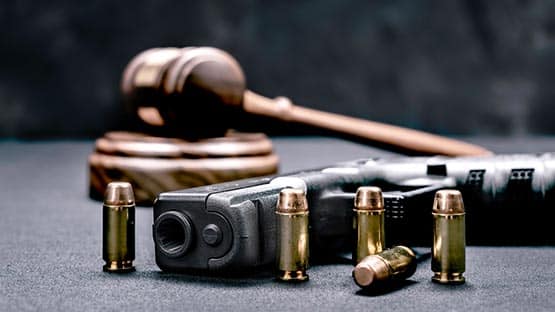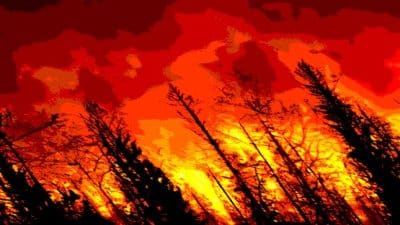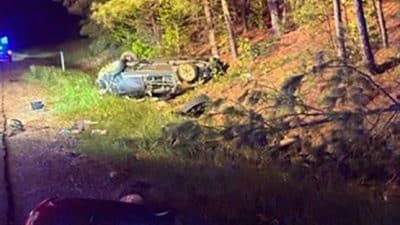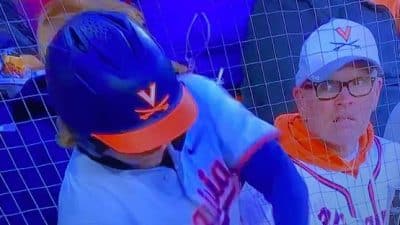By Rebecca J. Barnabi
For Augusta Free Press
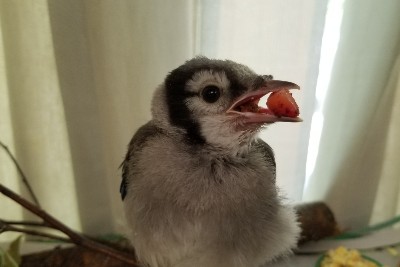
WAYNESBORO — A local organization is having another record-breaking year.
And it is doing so not by raising the most money, hitting the most home runs or awarding the most scholarships.
This organization is helping baby rabbits, injured opossums and birds of prey, orphaned fawns and orphaned bear cubs.
“Last year’s record was shattering,” said The Wildlife Center of Virginia’s President and Founder Ed Clark of the center’s helping 3,700 patients in 2020, including 21 black bear cubs.
In 2019, the center aided 3,400 patients.
“And, this year, is running ahead of last year’s [record], which is just hard to believe,” Clark said.
Founded 39 years ago this November in Weyers Cave, the center began in double-wide and single-wide trailer homes.
“We started with a big idea, a horse barn full of volunteers, and no money,” Clark said.
And now the center is the no. 1 rehabilitation facility for wildlife in the world, while also training veterinary students and post-doctorate students from the U.S. and 40 other countries.
Clark said that the center helped 17,000 animals in the first 10 years.
The organization moved to 1800 S. Delphine Avenue in Waynesboro in 1995.
This summer, the center will complete more than $300,000 in capital improvement projects, entirely funded by public donations.
“We’re getting great support from the people on this,” Clark said of what the center calls The Great Rebuild Campaign, which will make upgrades and rebuilding priorities possible.
The center receives no government funding, according to Clark.
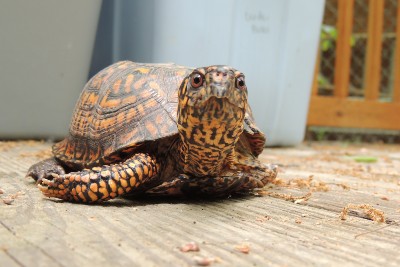
He said he expects the organization’s case load to continue to increase this year because of all of the exposure it receives on social media and in the press.
“Our visibility has gone up so dramatically,” Clark said.
The increased case load in 2021, only five months into the new year, Clark attributes to the pandemic.
“Some of it is serendipitous. Some of it you just don’t know,” he said.
Clark believes that more individuals getting outside during the pandemic instead of remaining indoors with other humans increased opportunities for humans to find orphaned and injured animals, and bring them to the center.
Clark said anecdotal information he has received supports this theory.
“It seems to be supported that more people were simply outdoors,” he said.
And when they found a baby rabbit or injured bird of prey, they were not rushing back to work. They had time to bring the animal to the center for help.
However, the organization remains closed to the public during the COVID-19 pandemic although all staff and volunteers are vaccinated.
Clark said individuals who bring injured animals drive by and drop off animals with staff.
The center lost a lot of volunteers during the pandemic who were older and at risk, and therefore unable to volunteer.
Training veterinary students from around the world was also affected, because travel plans were cancelled.
“We were cut down I would guess to be about 25 percent of our student enrollment,” Clark said.
More was placed on center staff “without a lot of the human resources we had.”

And staff also had to adhere to strict guidelines, not only for their own protection, but for the protection of the wildlife in their care.
Staff divided into two teams, according to Clark, so that if one individual tested positive for COVID-19, only members of that team had to quarantine.
“We did the best we could honestly given the fact we aired on the side of caution,” Clark said.
The center experienced a couple of close calls, but caution paid off.
“We survived [the pandemic] without a single positive case in our staff,” Clark said.
And now all staff members are vaccinated against COVID-19, and still wear N95 masks to protect the animals.
Clark said that the virus is dangerous for animals, including bats and fawn. So dangerous that federal and state wildlife authorities suspended the rehabilitation of bats during the pandemic.
The fear was not that humans would catch the virus from the bats, but that bats would catch the virus from humans.
The center continues to be engaged in federal and state conversations about suspensions, according to Clark. Precautions are necessary to prevent a pandemic in the bat population.
This year, in fact, the Department of Wildlife Resources almost suspended the rehabilitation of fawns, who are particularly susceptible to the virus.
Zoonotic diseases are diseases shared by both humans and animals.
Students coming to the center for training this year must be vaccinated.
Clark said precautions will continue probably until the pandemic completely ends.
“And that is, again, to protect the animals against humans who may be carrying the virus,” he said.
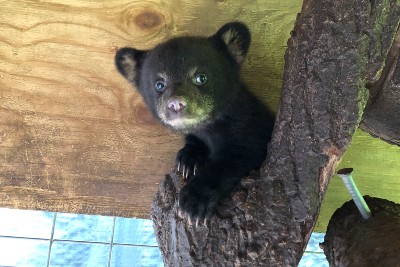
Last month, the center released into the wild 24 rehabilitated bear cubs.
“And that has been a huge relief,” Clark said.
So construction of the black bear complex is underway while the center does not have black bear patients.
Clark said the hope is for the construction campaign to be complete by the middle of summer.
He attributes the organization’s success in rehabilitating wildlife to what the center made possible early on.
“We started building our reputation back then because what we were doing was just unprecedented,” he said.
Two other facilities in Virginia also help wildlife, but only The Wildlife Center in Waynesboro provides training opportunities for veterinary students.
“We’re like The Mayo Clinic for wildlife medicine,” Clark said.



